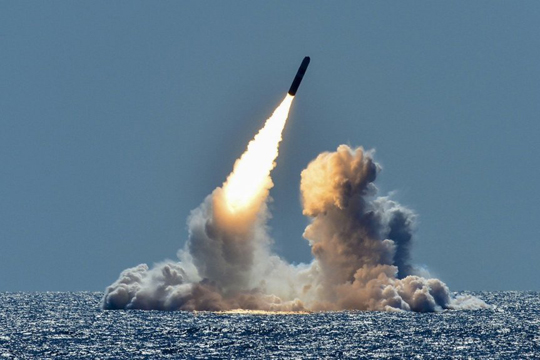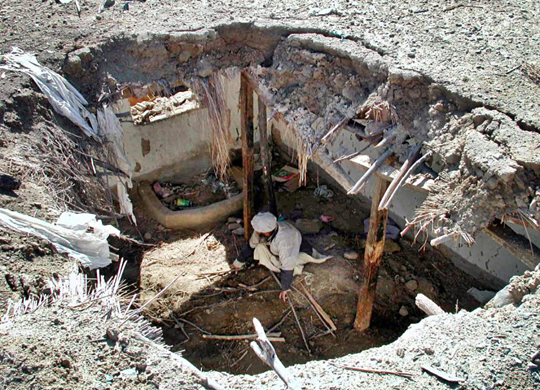Hossein, a member of the Afghan Peace Volunteers, (APV), which hosted my recent visit to Afghanistan, rolled up his sleeve to show me a still-healing three-inch wound. Thieves had broken into his family home in Kabul. When they were discovered, one of the robbers stabbed Hossein.
An APV coordinator, Zekerullah, was robbed and beaten by assailants in broad daylight. Ata Khan lost his camera and mobile phone to a gang of young thieves who accosted him and eight other people in a public park during the daytime. Habib, a recent young graduate of the APV Street Kids School program, suffered blows from several attackers a month ago.
“I didn’t have anything they wanted to take,” he said, assuring me he is OK even though his lower back, where they beat him, is still sore.
Attacks like these – which all happened within the last six months – are predictable in a chaotic war-torn city that absorbs new refugees every day. Some have been forced off their land by drought and food scarcity, while others flee the terror of violence carried out by various warring parties, including the United States. In 2018, the United States dropped 7,632 bombs on Afghanistan, more than any other full calendar year since the U.S. Air Force began documenting its attacks in 2006.
Continue reading “What it Really Takes to Secure Peace in Afghanistan”





